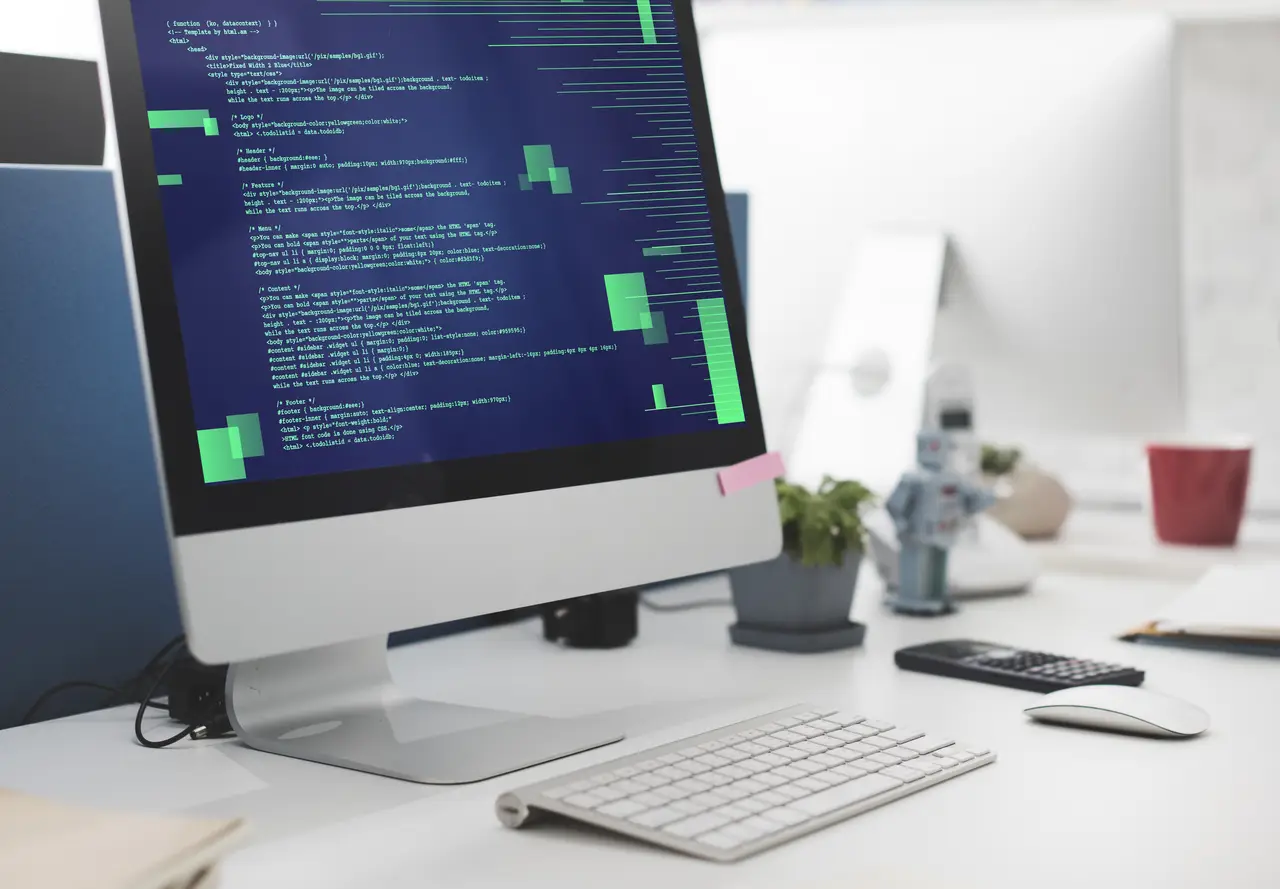Website translations, content localisation
We will translate your website quickly and at minimised costs. By combining effective website translation with careful localisation, we provide meaningful contact with international customers.
Get a QuoteWe adapt every text, from the product description to the purchasing process to customer service, to local language and cultural particularities. We work with translation tools and our experienced translators will make sure that communication within the e‑shop looks natural and trustworthy.
Search engine visibility is crucial for success in a new market. That's why we optimise keywords and descriptions for each market to ensure your e‑commerce store matches local search trends. With our SEO localisation, you will be closer to the customers who are looking for your product.

Unsure or need advice?
Do not hesitate to contact the professionals.

We work with your technical team to integrate localised text into your e‑shop or provide seamless integration ourselves. We troubleshoot any problems so that the translation doesn't interfere with the functionality of the site, and help with updates so that changes can be implemented quickly on all localised versions.
Every translation is thoroughly checked to ensure that it meets your customers' expectations. In addition, we also provide long‑term maintenance of the translations to ensure that your site is always up‑to‑date and in line with market developments.
The most common file formats we process when translating websites include: